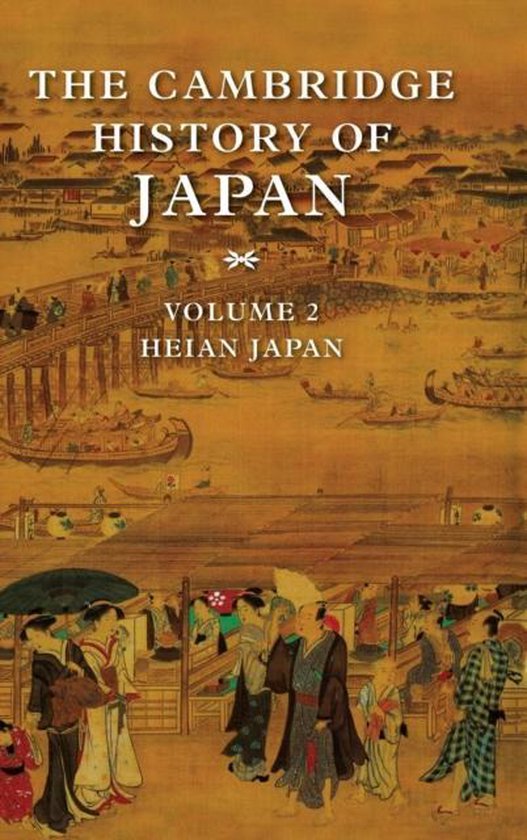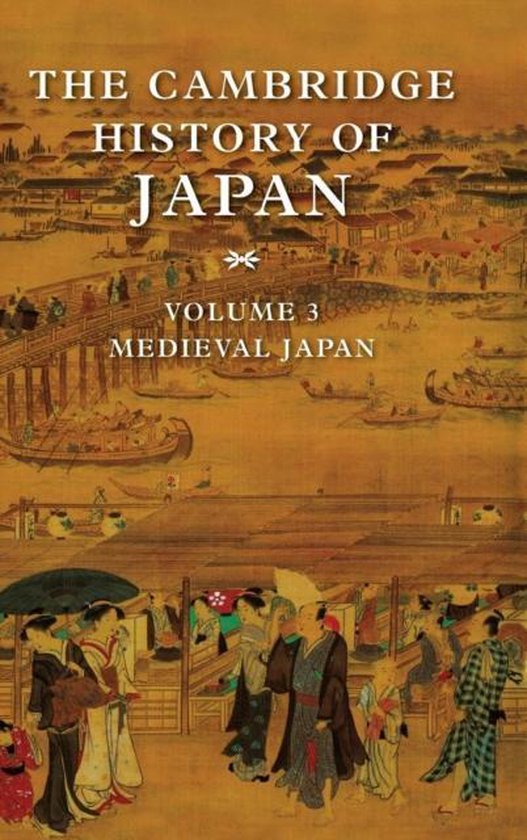
Cambridge History Of Japan
This volume looks at the Heian period, the Japanese imperial court's golden age.
This volume provides the most comprehensive treatment of the Heian period, the golden age of the Japanese imperial court, in any Western language. From Heian-kyo, founded in 794, the Japanese emperor ruled over an elaborate government modelled on China's absolute monarchy. Ambassadors to the T'ang court and students studying in China brought back laws, ideas, Buddhism, temple architecture, sculpture, and wall-painting. Chinese influences blended with native Japanese elements in courtly painting, calligraphy, poetry and prose. The world's first novel, The Tale of Genji, was completed about 1020. In 1185 the elegant and peaceful world of the court was shattered by the struggle of the Taira and Minamoto warrior clans, who usurped real political power and left the emperor with a symbolic, legitimizing role. Contributors to this volume emphasize political history, the land system, provincial administration, the capital and its society, aristocratic culture, and the acceptance of Buddhism and popular religious practices.
This volume provides the most comprehensive treatment of the Heian period, the golden age of the Japanese imperial court, in any Western language. From Heian-kyo, founded in 794, the Japanese emperor ruled over an elaborate government modelled on China's absolute monarchy. Ambassadors to the T'ang court and students studying in China brought back laws, ideas, Buddhism, temple architecture, sculpture, and wall-painting. Chinese influences blended with native Japanese elements in courtly painting, calligraphy, poetry and prose. The world's first novel, The Tale of Genji, was completed about 1020. In 1185 the elegant and peaceful world of the court was shattered by the struggle of the Taira and Minamoto warrior clans, who usurped real political power and left the emperor with a symbolic, legitimizing role. Contributors to this volume emphasize political history, the land system, provincial administration, the capital and its society, aristocratic culture, and the acceptance of Buddhism and popular religious practices.
| Auteur | | |
| Taal | | Engels |
| Type | | Hardcover |
| Categorie | | Geschiedenis |





